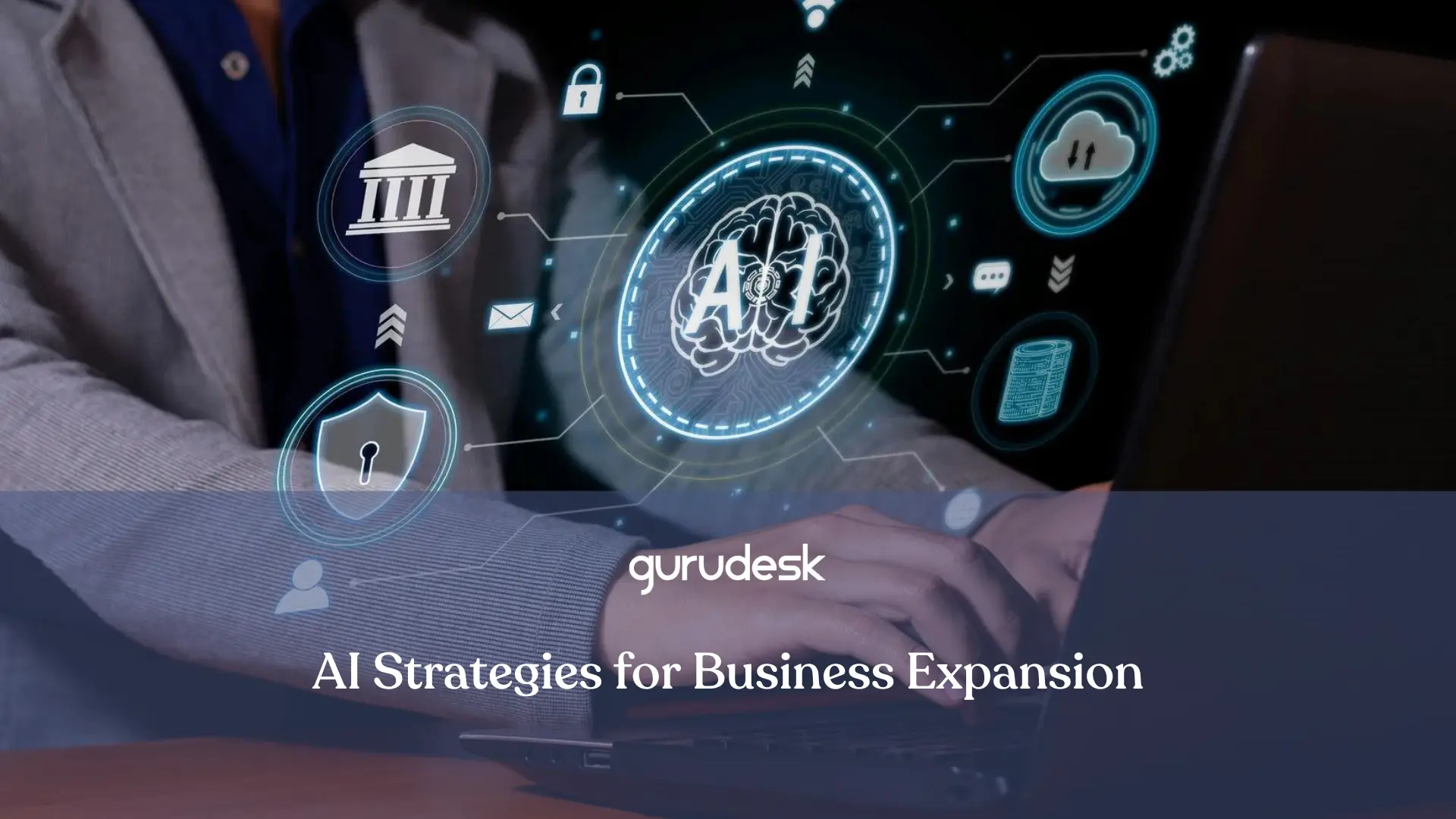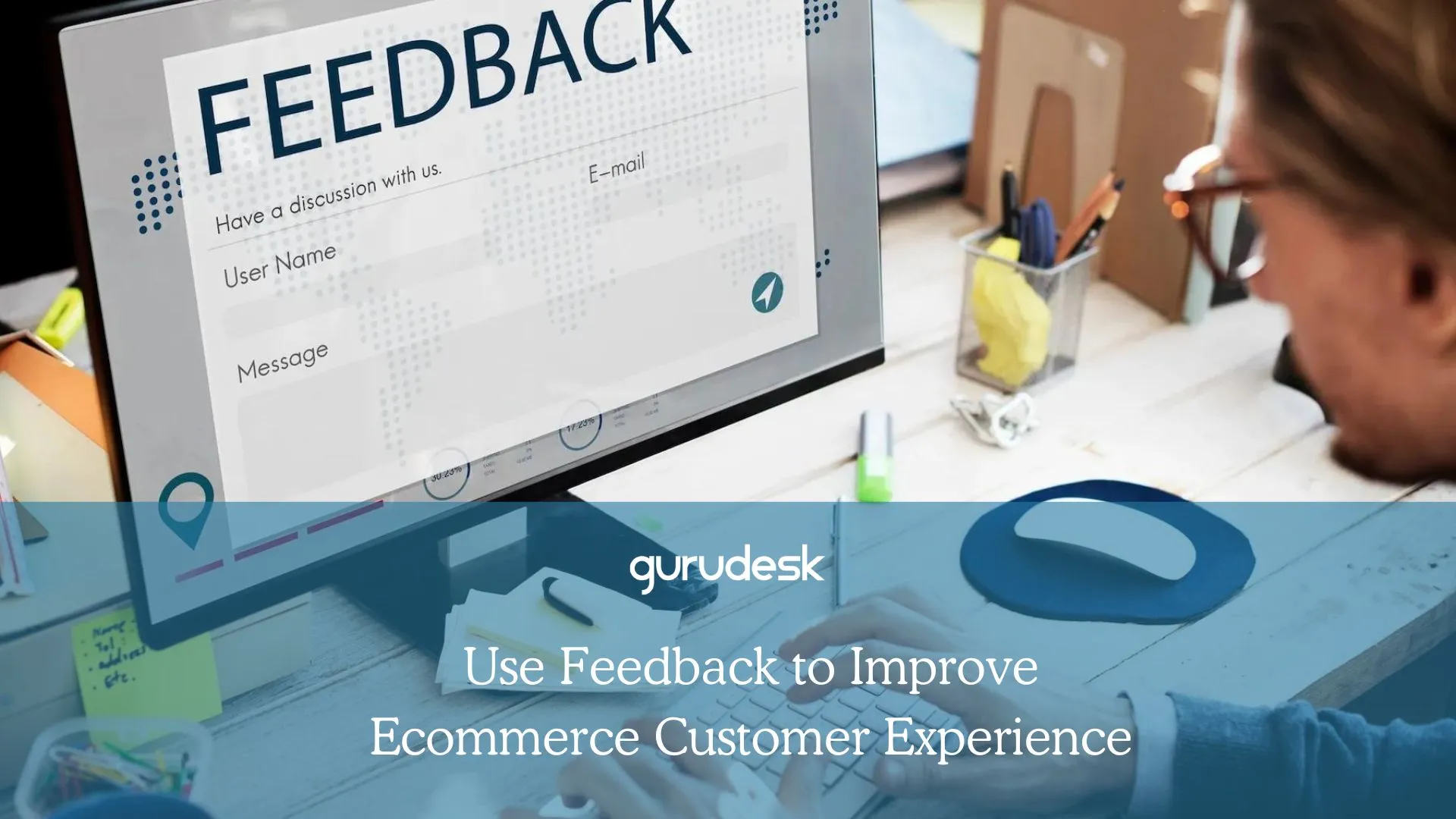
AI strategies for business expansion
Innovation and adaptability are the cornerstones of success in today’s dynamic and competitive landscape.
Artificial intelligence (AI), with its transformative capabilities, is revolutionizing industries and providing businesses with unprecedented opportunities for growth and expansion.
By harnessing the power of AI, businesses can streamline processes, enhance decision-making, and gain a competitive edge in the market.
The Potential of AI for Business Expansion
AI is not just a buzzword or a futuristic concept; it is a powerful tool with tangible applications that can significantly impact business outcomes.
AI algorithms can analyze vast amounts of data, identify patterns and trends, and make predictions with a level of accuracy that far surpasses human capabilities.

By leveraging AI, businesses can:
- Automate repetitive tasks and free up employees to focus on higher-value activities
- Gain insights from customer data to improve product development, marketing strategies, and customer service
- Optimize pricing and supply chain management to reduce costs and improve efficiency
- Personalize customer experiences to enhance engagement and loyalty
- Make informed decisions based on real-time data and analytics
The potential of AI for business expansion is vast and far-reaching.
Statistics show that 35% of companies are already using AI, and 42% are exploring its implementation in the near future.
The global AI market is expected to reach a staggering $266.92 billion by 2027, and AI is expected to contribute $13 trillion to the global economy by 2030.
These statistics underscore the growing adoption and impact of AI in businesses of all sizes.
AI is helping businesses improve efficiency, productivity, and customer satisfaction, which is leading to increased sales and market share.
AI Strategies for Business Expansion
By strategically integrating AI into their processes and decision-making, businesses can gain a competitive edge, achieve sustainable growth, and establish themselves as leaders in their industry.
Identifying AI Opportunities
- Business process analysis: Map out your business processes, from customer acquisition to product development and delivery, to identify areas where AI can automate tasks, improve efficiency, or enhance decision-making.
Utilize process mining tools like Celonis, Minit, or ProcessGold to analyze event logs and process data to identify patterns, bottlenecks, and areas where AI can automate tasks or improve efficiency.
- Analyze customer interactions: Gather data on customer interactions, including online behavior, customer feedback, and support ticket information, to identify areas where AI can personalize experiences, improve customer service, or predict customer needs.
Leverage customer analytics platforms like Salesforce Einstein Analytics, Adobe Experience Cloud, or SAS Visual Analytics to analyze this data.
- Evaluate decision-making processes: Assess the current decision-making processes within your organization and identify opportunities where AI can provide data-driven insights, support risk assessment, or optimize resource allocation.
Employ decision analytics software like IBM Watson Studio, Google Cloud AI Platform, or DataRobot to assess the current decision-making processes and identify opportunities for AI integration.

Prioritizing Specific Use Cases
- Focus on high-impact use cases: Prioritize use cases where AI can deliver a significant and measurable impact on key business metrics, such as revenue growth, cost reduction, or customer satisfaction.
Define specific goals and success metrics for each use case using AI project management platforms like Monday.com, Asana, or Jira to measure the effectiveness of AI implementation and track progress over time.
- Feasibility and resource availability: Assess the feasibility of implementing AI for each use case, considering factors such as data availability, technical expertise, and resource allocation.
Utilize AI cost-benefit analysis tools like Capgemini’s AI Business Value Estimator, Microsoft AI Business Value Calculator, or Amazon AI Cost Explorer to assess the potential financial impact of AI initiatives.
- Clear goals and metrics: Define specific goals and success metrics for each use case to measure the effectiveness of AI implementation and track progress over time.
Selecting the Right AI Technology
- Understand your data landscape: Assess the volume, variety, and quality of your data to determine the types of AI algorithms and models that are suitable for your needs.
- Evaluate AI solution providers: Research and evaluate AI solution providers based on their expertise, experience in your industry, and the capabilities of their AI solutions.
Explore AI solution provider directories like G2 Crowd, Gartner Magic Quadrant, or CB Insights AI 100 to identify potential AI solution providers.
- Consider integration with existing systems: Ensure that the chosen AI solutions can seamlessly integrate with your existing IT infrastructure and business systems to avoid data silos and disruptions.
Utilize AI integration platforms like MuleSoft, Dell Boomi, or Informatica Cloud Data Integration to facilitate seamless integration.
Preparing Data for AI Success
- Implement data governance practices: Establish data governance policies and procedures to ensure data quality, consistency, and accessibility for AI analysis.
Data governance platforms like OneTrust Data Governance, Oracle Data Governance, or Collibra Data Governance can help implement and manage these policies.
- Invest in data cleaning and preparation: Utilize data cleaning tools and techniques to identify and correct errors, inconsistencies, and missing values in your data.
Data quality tools like Informatica Data Quality, Talend Data Quality, or Trifacta Data Wrangler can streamline this process.
- Structure data for AI algorithms: Organize and structure your data in a format that is compatible with the chosen AI algorithms and models.
This may involve transforming data into appropriate formats, such as CSV, JSON, or parquet, and ensuring data consistency and alignment with the algorithms’ requirements.

Fostering a Culture of AI Adoption
- Educate employees about AI: Provide training and workshops to educate employees about AI concepts, terminology, and potential applications within the organization.
Utilize AI training platforms like Coursera for Business, edX, or Udemy to provide online courses, tutorials, and certifications for employee education.
- Encourage experimentation and innovation: Encourage employees to experiment with AI tools and techniques to identify new opportunities for AI adoption and process improvement.
Create open communication channels and foster a culture of innovation that encourages employees to explore and test new AI applications.
- Create open communication channels: Foster a culture of open communication and collaboration, allowing employees to share ideas, discuss challenges, and seek guidance on AI implementation.
Leverage AI internal communication tools like Slack, Microsoft Teams, or Workplace by Meta to facilitate communication and collaboration around AI initiatives.
Continuous Monitoring and Evaluation
- Establish monitoring dashboards: Develop dashboards to track the performance of AI implementations and monitor key metrics, such as model accuracy, processing time, and cost savings.
Employ AI monitoring and alerting tools like DataRobot AI Observability, IBM Watson AI Monitor, or Google AI Platform Monitoring to track performance metrics and identify potential issues.
- Analyze impact on business outcomes: Evaluate the impact of AI on business outcomes, such as increased productivity, improved customer satisfaction, or enhanced decision-making accuracy.
Utilize AI impact evaluation frameworks like Gartner Magic Quadrant for AIOps, Forrester Wave for AIOps, or Microsoft AI Business Value Framework to systematically evaluate the impact of AI on business outcomes.
- Refine AI strategies based on insights: Continuously analyze data, gather feedback, and refine AI strategies based on new insights and evolving business needs.
This continuous improvement cycle ensures that AI initiatives remain aligned with business objectives
Embracing Continuous Learning and Improvement
- Stay informed about AI advancements: Keep abreast of the latest AI advancements, emerging technologies, and relevant research to identify new opportunities for AI adoption.
Subscribe to industry publications, attend conferences and webinars, and engage with AI experts to stay up-to-date on the latest AI trends.
- Explore new applications and use cases: Continuously explore new applications and use cases for AI to expand its impact across the organization and drive innovation.
Encourage employees to brainstorm and propose new AI applications, and actively seek out opportunities to integrate AI into new areas of the business.
- Foster a learning culture: Encourage employees to engage in continuous learning about AI, attend industry events, and participate in professional development opportunities.
Promote a culture of lifelong learning and provide opportunities for employees to develop their AI skills and knowledge.

AI Strategies for Business Expansion
The future of business is inextricably linked to AI.
By embracing AI, businesses can unlock new possibilities, expand their reach, and achieve remarkable success in the years to come.
Taking your business online is the first step; however, choosing a provider that is able to guide you and assist you is part of the strategy for business expansion when it comes to AI.
AI can be integrated into your website in a variety of ways, and using it to get to that other step can be in the form of plugins activated on your WordPress dashboard.
Join the GuruDesk community and be among the first ones to discover the hottest trends in web services! We are a team of web experts and we love sharing our knowledge and experience with our readers! We share tips and tricks on a wide range of topics, including web development, cloud services, and hosting. Whether you are a seasoned pro or just starting out, we promise you will find valuable information here. So go ahead, hit that “Subscribe” button and let the fun begin!






